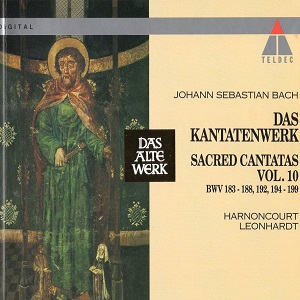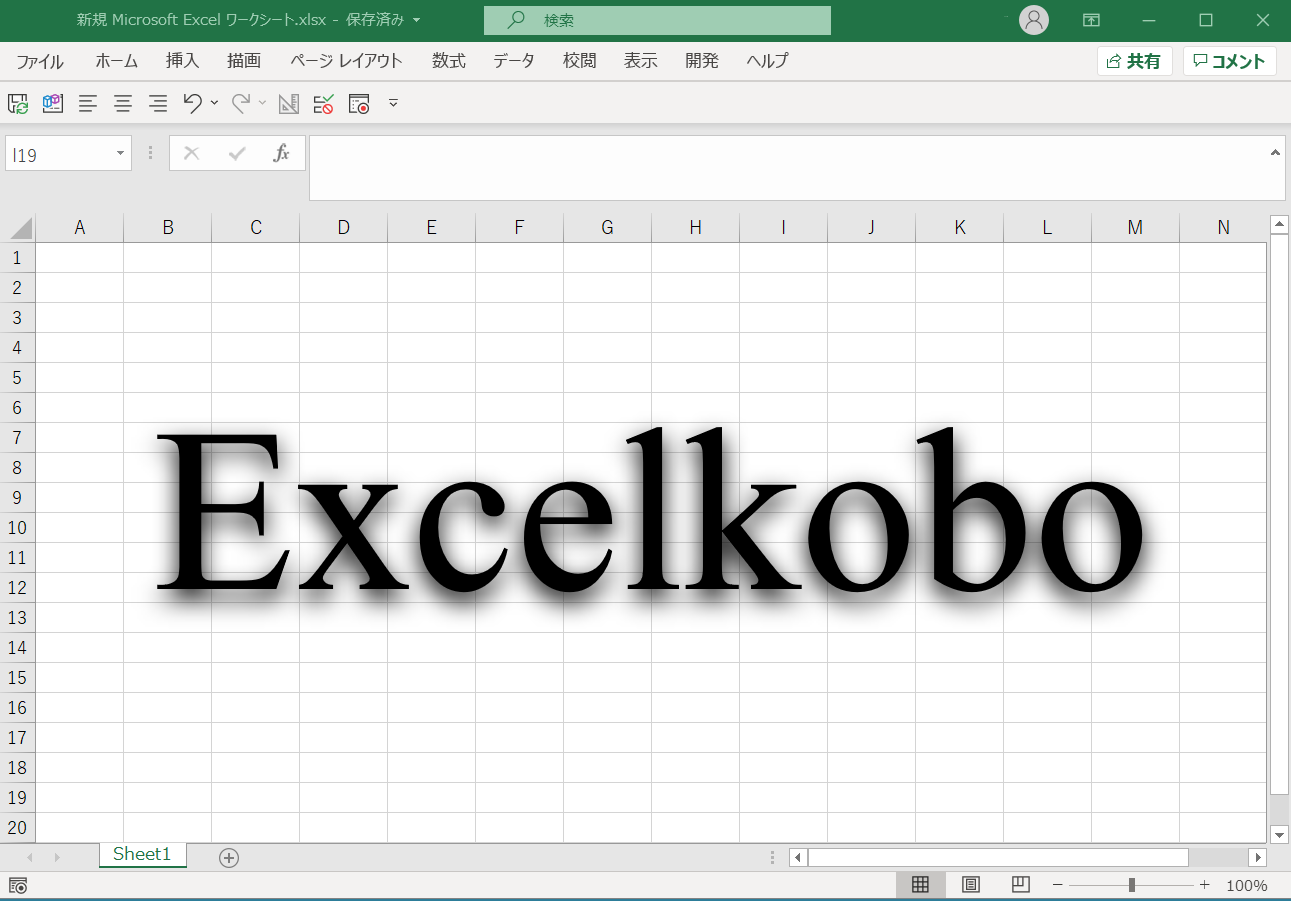Bach: Cantata No. 186 “Ärgre dich, o Seele, nicht” / Nikolaus Harnoncourt
During Leipzig period, Bach adapted and performed the same-titled cantata (BWV 186a) from his time in Weimar. Four recitatives have been added to the Salomon Frank’s text. The instrumental arrangement is two oboes, a taille, a bassoon, string ensemble and basso continuo. The opening choral piece “Ärgre dich, o Seele, nicht” features a moving melody by the ritornello over a basso continuo like walking. The chorus imitates the own unique melody contrapuntally. Following the bass recitative, the bass aria “Bist du, der mir helfen soll” is sung to the accompaniment of the basso continuo. The bass chase the melody of the basso continuo. The tenor recitative and arioso are followed by the tenor aria “Mein Heiland läßt sich merken” sung with a unison string obbligato. The ritornello and tenor each play their own melody. The first part of the cantata ends with the chorale “Ob sichs anließ, als wollt er nicht” accompanied by the full orchestra.
The second part begins with a recitative accompagnato and arioso for the basses, followed by the soprano aria “Die Armen will der Herr umarmen”. After the ritornello in unison violins, the soprano sings her own melody. What do the ascending chromatic scales on the strings that appear along the way represent? Following the alto recitative, the soprano and alto duet aria “Laß, Seele, kein Leiden” is sung with full accompaniment. On the Sicilian rhythm, the soprano and alto move mainly in parallel thirds and sixths, and in sequences they call each other. The cantata closes with the chorale “Die Hoffnung wart’ der rechten Zeit” (a changed lyrics of the chorale at the end of the first half). #baroque #bach #cantata #片山俊幸 https://excelkobo.net/bachwerke/archive/BWV0186.pdf


